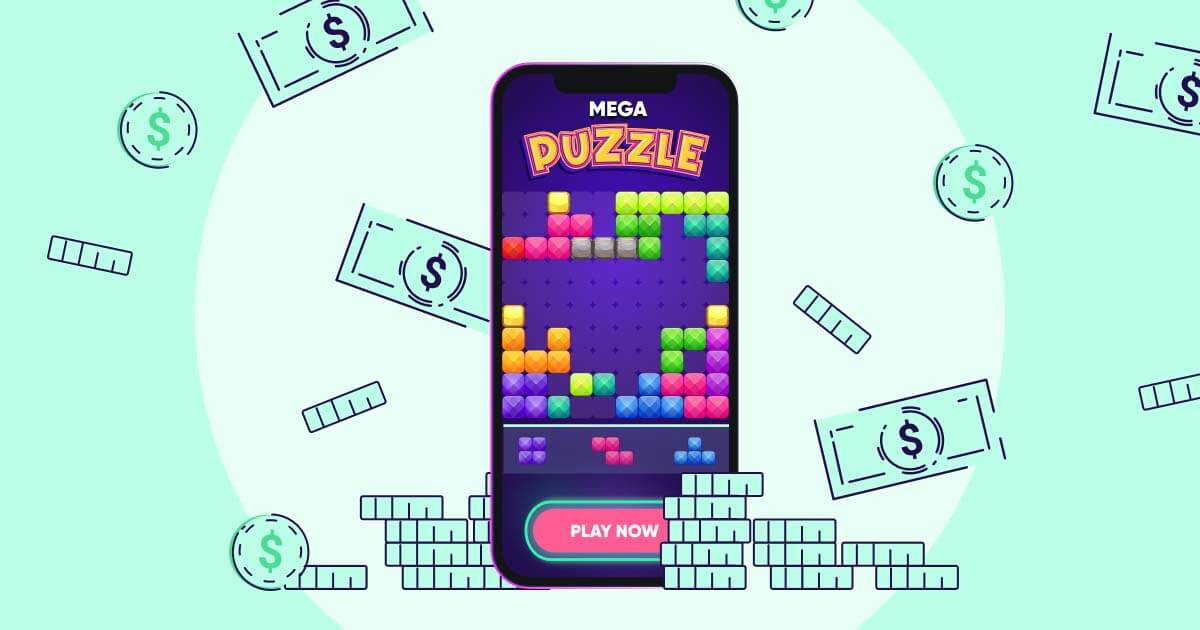Monetizing a mobile game is essential to ensure its long-term success and profitability. Whether you’re developing a free-to-play game or a premium app, there are various strategies available to generate revenue from your game. Understanding the different monetization methods will help you choose the best approach for your game’s audience and gameplay style. Below are five effective strategies for monetizing mobile games.
1. In-App Purchases (IAP)
In-app purchases are one of the most popular and successful methods for monetizing mobile games, especially for free-to-play titles. This strategy allows players to download and play the game for free, while giving them the option to purchase additional content, upgrades, or benefits.
- Consumables: These are items that players can purchase and use within the game, such as in-game currency, power-ups, or resources. For example, buying extra lives, special abilities, or currency that helps players progress faster in the game.
- Non-consumables: These are permanent purchases that provide players with lasting benefits, such as unlocking new levels, characters, skins, or special features. This can also include removing ads from the game.
- Subscription Models: Offering a subscription service within your game can provide a continuous revenue stream. Subscriptions may grant players exclusive access to content, early releases, or perks that non-subscribers don’t get.
2. Ads Integration
Incorporating ads into your mobile game can be an effective monetization strategy, especially if your game is free to download. However, the key is to integrate ads in a way that does not disrupt the user experience. There are several types of ads that can be used in mobile games:
- Banner Ads: These are displayed at the top or bottom of the screen while the game is being played. Banner ads are non-intrusive but have lower click-through rates compared to other ad formats.
- Interstitial Ads: These full-screen ads appear between game levels or during transitions. While they are more disruptive than banner ads, they typically have higher engagement rates and are a good option for monetizing without significantly harming the gameplay experience.
- Rewarded Ads: These ads offer players an incentive for watching them, such as extra lives, in-game currency, or other rewards. This type of ad is highly effective, as it gives players control over when and how they view ads in exchange for rewards.
- Native Ads: These ads are seamlessly integrated into the game’s interface and appear like part of the content. Native ads are less likely to annoy players, making them an effective way to generate revenue.
3. Premium Games (Paid Downloads)
Offering a premium game as a paid download is another method of monetization. Unlike free-to-play games, premium games require users to pay upfront before they can access the content. This strategy works best for high-quality games that offer a premium experience.
- One-time Payment: This is a straightforward payment model where players pay a one-time fee to download the game. The price should reflect the value and quality of the game, as well as market trends.
- Freemium Model: Some games offer a free version with limited content, but players can purchase a paid version that unlocks the full game or additional features. This model gives players the option to try out the game before committing to a purchase.
4. Merchandise and Physical Products
For games with a dedicated fanbase, merchandising can be an additional revenue stream. Offering branded merchandise, such as t-shirts, posters, action figures, or other physical products, can generate extra income.
- Branding Opportunities: Popular games with iconic characters or artwork can create opportunities for branded merchandise. If your game has a strong identity, you can sell clothing, toys, and even accessories to players who want to support or connect with your game in real life.
- In-game Merchandise: Some mobile games also offer virtual merchandise that players can purchase to customize their characters, avatars, or profiles within the game. These virtual goods can be sold as part of an IAP strategy.
5. Sponsorships and Partnerships
Another effective way to monetize your mobile game is by forming partnerships or securing sponsorships with other companies. This is particularly effective if your game has a large and engaged audience.
- Brand Collaborations: Partnering with well-known brands can help generate additional revenue while promoting both the game and the brand. For example, you can integrate branded content, such as in-game events or characters, that align with the sponsor’s image.
- Cross-Promotions: You can partner with other game developers to cross-promote each other’s games. This not only helps in monetizing your game but also boosts visibility and downloads for both parties involved. Cross-promotion ads within the game can be exchanged for revenue.
- Exclusive Sponsorships: For games that attract a lot of players, you can secure exclusive sponsorship deals where brands pay for prominent placements within the game or advertising during major in-game events.
Conclusion
Monetizing mobile games is a multifaceted process that involves carefully choosing the strategies that best fit your game and audience. Whether you use in-app purchases, ads, premium downloads, merchandise, or partnerships, each method has its advantages and challenges. The key to success lies in striking the right balance between generating revenue and maintaining a great user experience. By combining multiple monetization strategies, you can maximize your game’s potential and ensure it remains profitable in the long run.



No responses yet